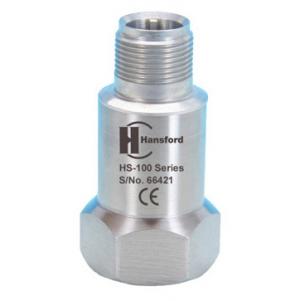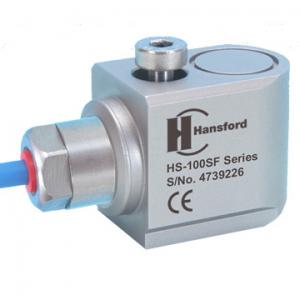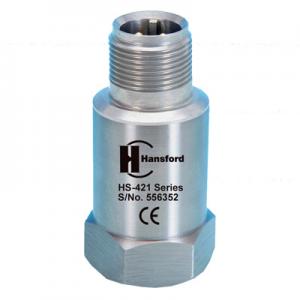Monitoring for automation.
Historically, a whole host of engineers have legitimately been of the opinion that it is more cost effective to constantly attempt to extend the life cycle of older equipment than outlay cash for replacement machines. Although this theory is proven to be completely inefficient, when you look at the huge costs of having non-operational machines that grind the plant to a halt. This is why the implementation of condition monitoring has assisted in making the industry more cost-effective. When you begin to see problematic machines that have potential to break down at a more frequent rate, there is an increased chance of unwelcome and surprise downtime costs. The implementation of a condition monitoring system allows engineers to schedule general upkeep and replace flawed components before issues arise.
As energy costs increase, and as automation technology advances further, combined with the drop in purchasing costs has allowed an increasing number of businesses to take advantage of their enhancements. Consequently, a greater number of manufacturers are looking to condition monitoring technology to support their outlay and the ability to constantly audit rotating machines with the help of vibration monitoring remains a leading precautionary maintenance measure for engineers available.
Vibration sensors allow the ability for continuous monitoring and analysis; a cost effective option when compared to the potential cost of losing machine function. With vibration sensors, or accelerometers, set up in a range of key areas of the machine, and relevant equipment to accrue data and/or flag engineers to evolving problems, equipment downtime can be dramatically diminished.
There are two main types of accelerometer: AC accelerometers and 4-20mA accelerometers. AC accelerometers are often used with data collectors to monitor the state of more critical/complex machines, such as gearboxes and turbines, while 4-20mA components are more often used with PLCs to gauge lower value assets, including motors, fans and pumps.
Handheld vibration meters and data collectors are now an industry standard, offering an extra line of protection when permanent online vibration instrumentation cannot be economically justified, or giving a ‘second opinion’ when online systems set in stone but, for example, the decision to halt the process is critical. The more crucial the machinery in terms of safety and/or plant profitability, the higher chance that a full time online system will be put in place.
A vast array of sensors and monitoring techniques are now on the market where equipment downtime can be minimised by generating a greater operating lifespan above prescribed maintenance intervals and, at the opposite end of the scale, determining quick jumps in vibration that potentially create to a catastrophic failure. The efficiency of vibration sensors has caused a rise demand from several factors; besides creating greater efficiency and enhanced performance, these devices also allow operators to quench the ever-increasing tough regulations imposed around health and safety, which have made the implementation of sensors in unsafe areas almost a mandatory prerequisite.
A range of sensors with varied capabilities are now widely available to cater for a range of applications. For example, Hansford Sensors has launched the HS-109 triaxial accelerometer, enabling three axes to be read at the same time, which cuts measurement time. Protected by a stainless steel casing, the HS-109 has an operating temperature range of -55 to 140 ºC and is sealed to give an ingress protection level of IP67.
Automating process creates the potential to drive greater productivity and efficiency, and overall product quality, although this is only possible if the plant is adequately monitored and protected. In our current economic situation, the challenges affronted by manufacturers in 2012 – particularly the focus on reducing operating costs – is likely to continue into the future, making an effective maintenance strategy crucial.


